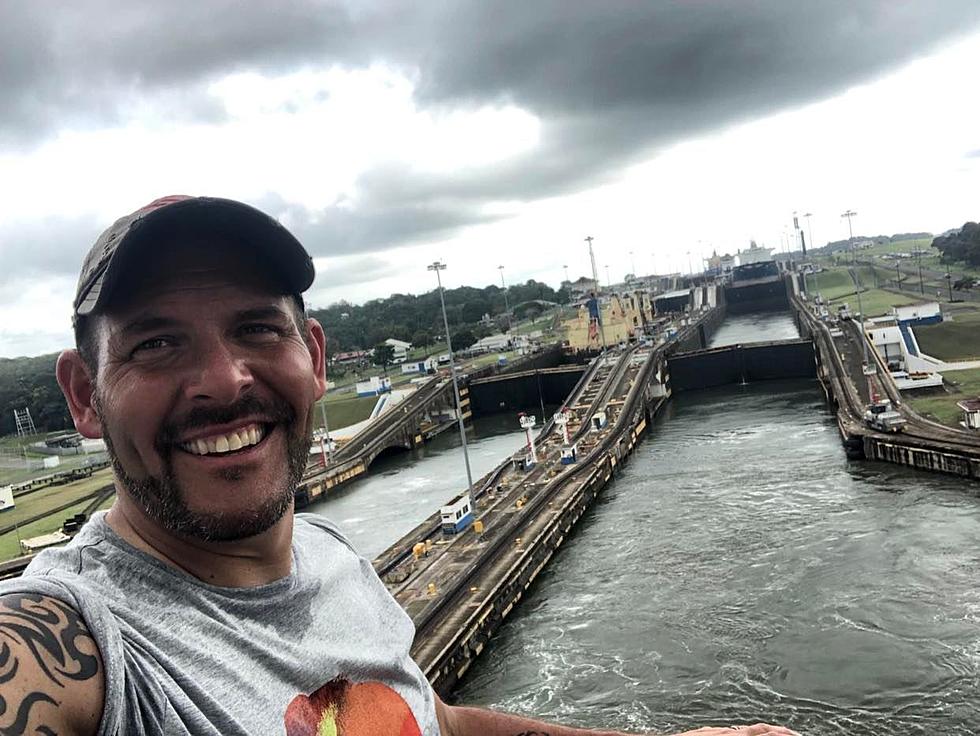
Awesome Photos Show What It’s Like to Cruise Through the Panama Canal
I just got back from a cruise vacation to Central America. Visiting the Panama Canal has been a bucket list item for decades. I remember learning about the canal in school and, for whatever reason, was always intrigued by it. I wondered what it would be like cutting through Panama to get from the Gulf of Mexico to the Pacific Ocean. If you'll recall from history class, the Panama Canal was constructed in the early 1900s. It's an artificial waterway that connects the Atlantic Ocean to the Pacific Ocean.
The primary goal of the project was to reduce, TREMENDOUSLY, the travel time between the two oceans. Remember, before the canal, in order to sail from the Atlantic to the Pacific, ships had to travel the length of South America, then back up the other side. The Panama Canal was basically an express lane.
The U.S. took over the project back in 1904. The canal opened ten years later- in 1914 to today, according to the American Society of Civil Engineers, is considered one of the Seven Wonders of the Modern World.
I can now tell you, from personal experience (and awe), it most definitely is a wonder.
Today, this is what the canal looks like. Well, the "old" canal. There was an expansion project (the "new" locks) which opened in 2016.
On my trip, we got to traverse the "old" canal. Here's what it looked like as our ship approached.
Each ship making its way through the Panama Canal has to maneuver through three locks. The goal is to raise those ships from sea level to the level of Gatun Lake. The difference is a whopping 85 feet. You can actually see that reflected by the depth of water in each of the locks in the photograph below. Notice, specifically, how much higher the ship in the last lock is than ours in the first lock.
Here's an even better shot of how much water was needed to elevate our ship.
When you're passing through the Panama Canal to Gatun Lake, each chamber fills to elevate you to the level necessary to travel into the next lock. When it's time to advance, the doors will open allowing you to slowly sail through.
Here's a great shot of the final lock and Gatun Lake in the distance.
Naturally, we had to take a selfie as we prepared to travel from the last lock into Gatun Lake.
This is a shot from the back of our ship after we successfully passed from the Atlantic into Gatun Lake. That's Panama's Centennial Bridge in the distance.
Kevin and I have had the Panama Canal on our bucket list for a long time. I've always found that project, which is considered one of the most challenging engineering endeavors in history, fascinating. And, as we made our way through, it WAS fascinating. It took about an hour, each way, to travel through the canal and I intently watched the entire process. Twice.
About 45 ships pass through the Panama Canal each day. That's over 16,000 per year. This year, I was fortunate enough to get the experience of being on one of them.





